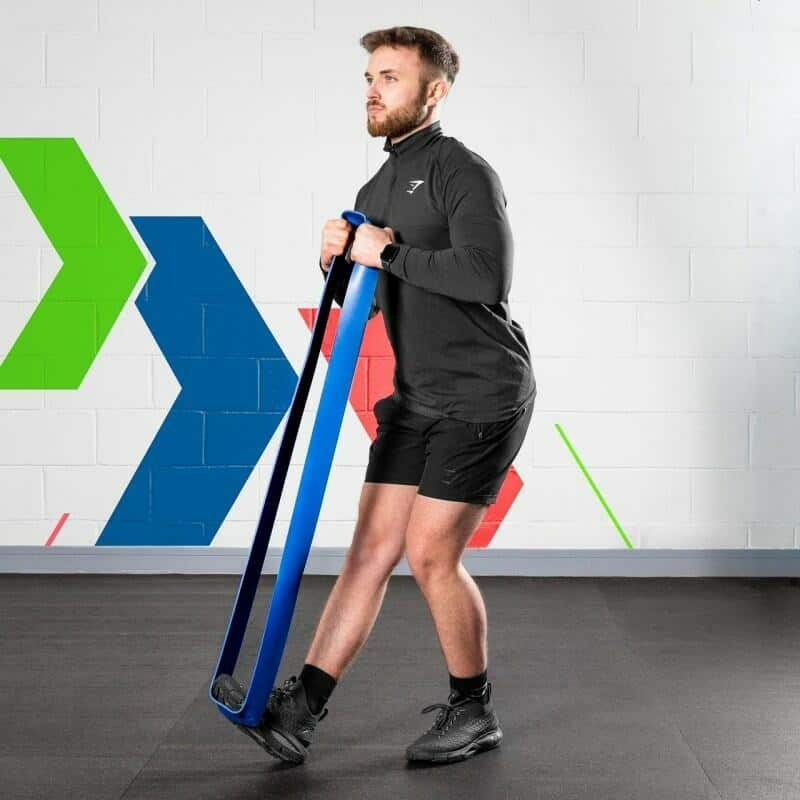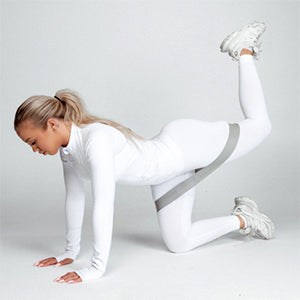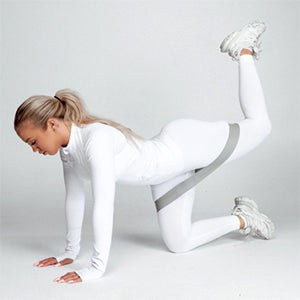Fitness
The Ultimate Guide to Choosing the Best Resistance Band
Are you looking to enhance your workout routine with a resistance band? Choosing the right type of resistance band can make a significant difference in your fitness journey. With countless options available in the market, it can be overwhelming to determine which one is the best fit for your goals. In this ultimate guide, we will explore the key factors to consider when choosing a resistance band to help you find the perfect match that will maximize your exercise potential and take your fitness to new heights. Let’s dive in!
The Ultimate Guide to Choosing the Best Resistance Band
Are you looking to add resistance to your workouts? Resistance bands are a fantastic and versatile tool that can help you achieve your fitness goals. With various materials, resistance levels, lengths, widths, handles, ankle straps, portability, durability, versatility, and price points to consider, it can be overwhelming to choose the right resistance band for your needs. In this comprehensive guide, we will explore the different options available and help you make an informed decision.
Materials
Resistance bands are made from various materials, each offering unique benefits. Latex bands are the most common and widely used. They provide excellent elasticity and durability, making them suitable for various exercises. Fabric bands are soft, comfortable, and gentle on the skin, making them ideal for those with latex allergies. Rubber bands offer a good amount of resistance and are often used for strength training. Plastic bands are lightweight, making them great for beginners or those looking for a less intense workout.
Resistance Level
Resistance bands come in different levels of resistance, allowing you to choose the intensity that best suits your fitness level and goals. Light resistance bands offer minimal resistance, perfect for beginners or individuals recovering from injuries. Medium resistance bands provide a moderate level of resistance, suitable for those looking to build strength and tone their muscles. Heavy and extra heavy resistance bands offer a challenging workout, ideal for advanced users or those looking for a more intense training session.

Length
The length of a resistance band determines the variety of exercises you can perform. Short bands are great for targeting specific muscle groups, such as the arms or shoulders. Medium-length bands offer more versatility and can be used for full-body workouts. Long bands provide extended range of motion, allowing for a wider range of exercises and accommodating users of all heights.
Width
The width of a resistance band affects the amount of resistance it provides. Narrow bands offer less resistance and are excellent for targeting smaller muscle groups or focusing on precise movements. Medium-width bands provide a moderate amount of resistance and are suitable for most exercises. Wide bands offer the highest level of resistance, making them ideal for heavy strength training or advanced users.

Handles
Resistance bands can come with different handle options, providing comfort and stability during workouts. Bands with no handles are simple and easy to use, allowing for a variety of grip positions. Bands with one handle offer added stability and control, perfect for exercises that require a single-arm grip. Bands with two handles provide balanced resistance and are ideal for exercises that involve both arms simultaneously.
Ankle Straps
Ankle straps can enhance your resistance band workouts by targeting the lower body. Bands with no ankle straps are versatile and can be used for a wide range of exercises. Bands with one ankle strap offer stability and support for unilateral lower body exercises. Bands with two ankle straps provide balance and resistance for bilateral lower body movements, such as squats or lunges.

Portable and Travel-friendly
If you’re always on the go or prefer to work out at home, consider the portability and travel-friendliness of a resistance band. Foldable and compact bands can easily fit in your bag or suitcase, allowing you to stay consistent with your workouts even while traveling. Lightweight bands are also convenient for those who prefer to exercise wherever they please.
Durability
The durability of a resistance band is crucial for ensuring its longevity and effectiveness. High-quality bands with reinforced stitching and strong materials will withstand frequent use and heavy resistance. On the other hand, low-quality bands may snap or lose their elasticity over time. Consider investing in a well-built resistance band to avoid any mishaps during your workouts.

Versatility
Resistance bands offer a wide range of exercises and training options, making them a versatile addition to any fitness routine. Whether you’re aiming for full-body workouts, resistance training, or rehabilitation exercises, there’s a resistance band that can meet your needs. Look for bands that come with exercise guides or online resources to help you maximize their potential and achieve your fitness goals.
Price
Resistance bands come in a range of price points to suit different budgets. Budget-friendly bands are usually made of latex or rubber and offer good quality for their price. Mid-range bands often come with additional features such as handles or ankle straps and are suitable for most users. High-end bands are typically made of premium materials, ensuring durability and longevity. Consider your budget and the features you require to find the best resistance band within your price range.
In conclusion, the best resistance band for you depends on your specific needs and preferences. Consider the material, resistance level, length, width, handles, ankle straps, portability, durability, versatility, and price when making your decision. By selecting the right resistance band, you can enhance your workouts, target different muscle groups, and achieve your fitness goals in a fun and effective way. Happy exercising!




